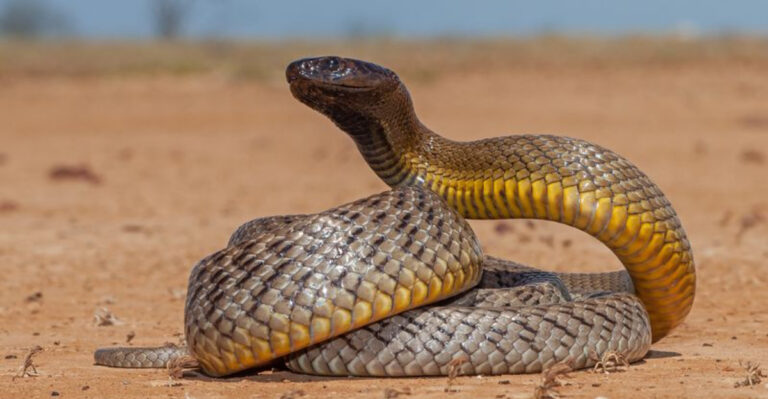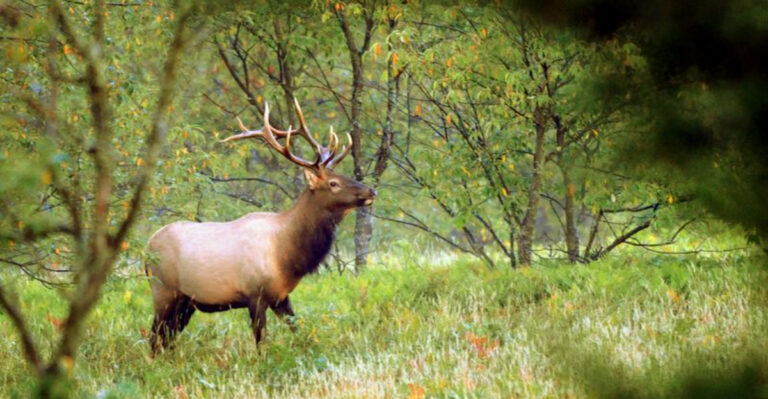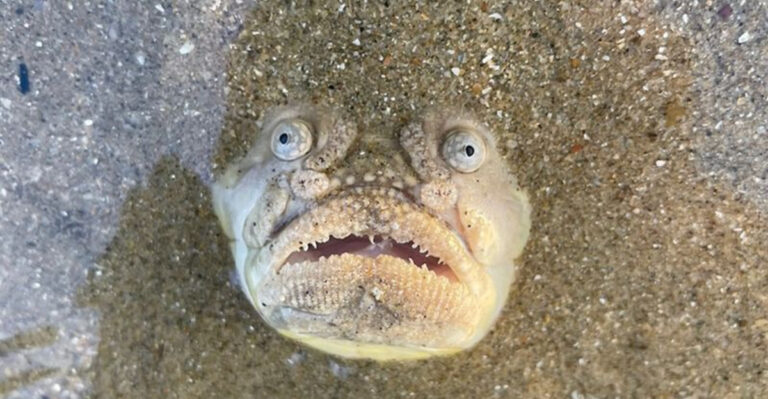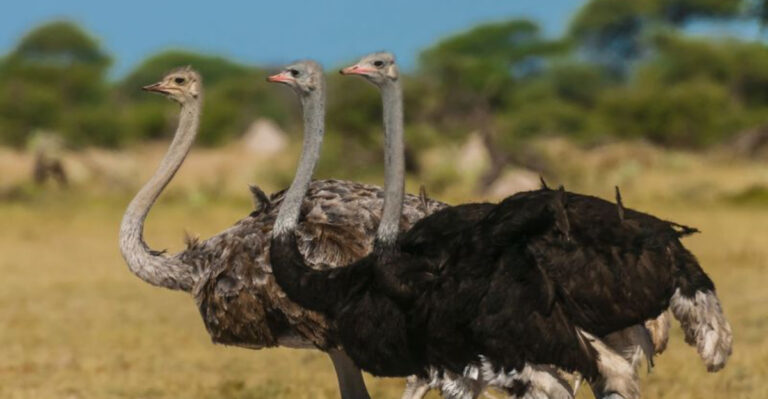Top 11 Greatest Survivors Of Evolution
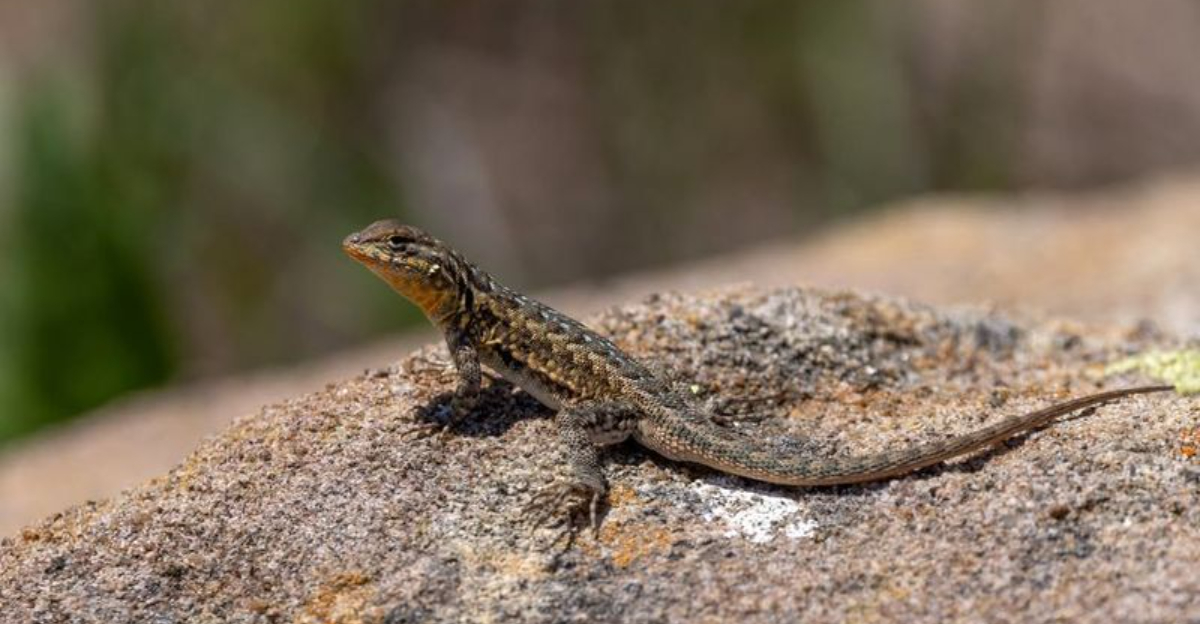
Throughout the vast expanse of geological time, certain species have demonstrated remarkable resilience and adaptability.
These incredible creatures, often referred to as ‘living fossils,’ provide a fascinating window into the past, having survived mass extinctions and dramatic shifts in the Earth’s climate and geography.
This article introduces you the greatest survivors of evolution, each with their unique characteristics and histories that underscore their impressive longevity in the natural world.
1. Crocodile
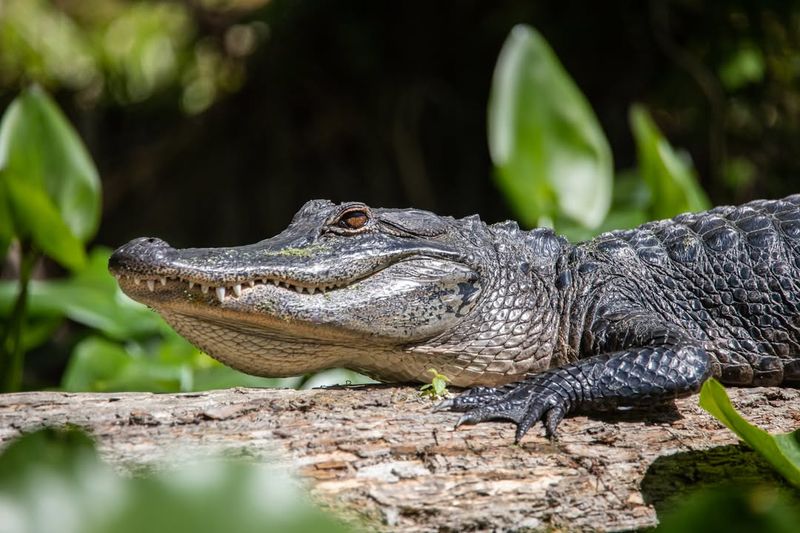
Crocodiles are remarkable survivors, tracing their lineage back over 200 million years. These formidable reptiles have witnessed dinosaurs come and go, adapting over millennia. They thrive in aquatic environments, using their powerful jaws and stealthy nature to hunt.
Their survival is partly due to their versatile diet, opportunistic feeding, and the ability to live in both salt and freshwater habitats. Their nesting and parental care behaviors ensure that many juveniles reach maturity, continuing their ancient lineage.
2. Jellyfish
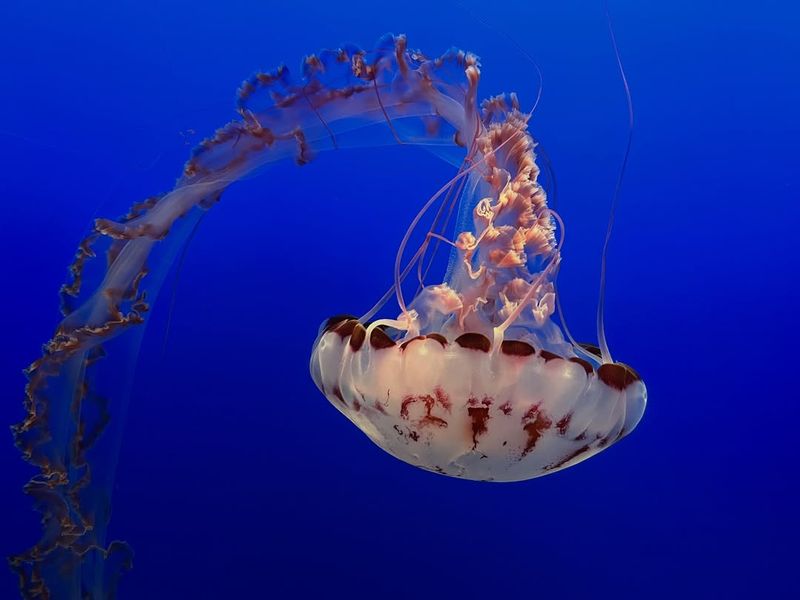
Jellyfish are ancient marine creatures with a history spanning over 500 million years. Their simple body structure, composed mainly of water and lacking complex organs, aids their adaptability. Jellyfish drift with ocean currents, allowing them to colonize diverse environments across the globe.
Their ability to thrive in low-oxygen waters gives them an edge over many marine competitors. Moreover, jellyfish exhibit a high reproductive rate, releasing thousands of eggs into the ocean, ensuring species continuity.
3. Chicken

Chickens, descendants of the ancient red junglefowl, have been around for thousands of years. Their domestication by humans has expanded their global presence, making them one of the most widespread bird species. They are resilient, adaptable to a wide range of environments, and prolific breeders.
Their dietary flexibility supports their survival across diverse habitats. Chickens have played significant roles in agriculture, providing eggs and meat for countless societies. Their robust immune system and social behaviors contribute to their enduring success as a species in both wild and domestic settings.
4. Snake
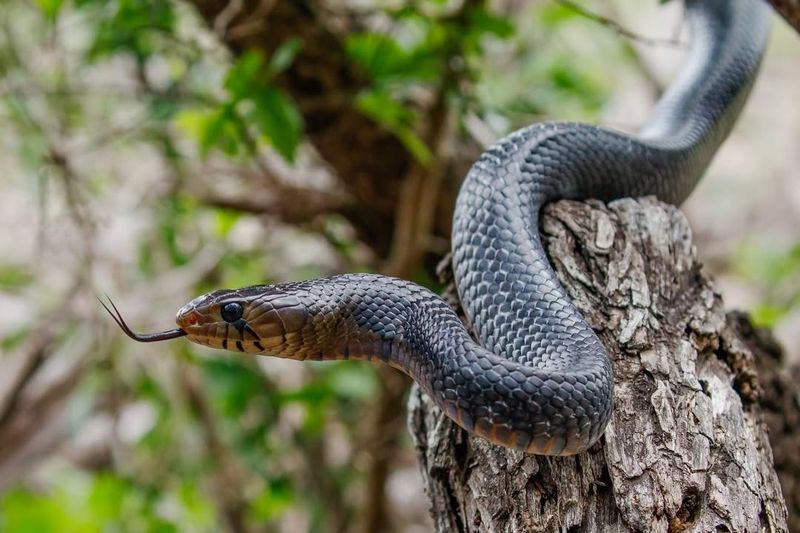
Snakes have roamed the Earth for over 100 million years, evolving from burrowing lizards. Their elongated, limbless bodies enable them to navigate diverse terrains, from deserts to rainforests. This adaptability is key to their evolutionary success.
Snakes showcase diverse hunting strategies, from constriction to venomous bites, allowing them to exploit various prey. Their ability to consume large meals infrequently aids survival in environments where food is scarce.
5. Ostrich
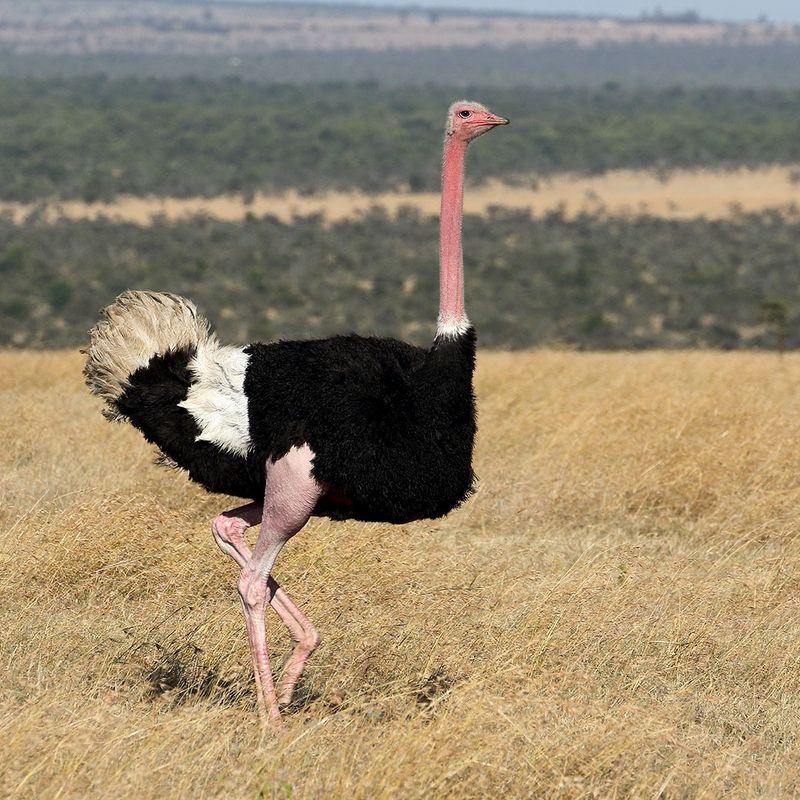
Ostriches, the world’s largest birds, have thrived for millions of years in the harsh environments of Africa. Their powerful legs enable swift running, a primary defense against predators. Unlike most birds, ostriches have lost the ability to fly, but this has allowed them to develop robust leg muscles.
Their keen eyesight and communal living provide additional protection. Ostriches have a varied diet, consuming plants, insects, and small vertebrates, which supports their survival in diverse habitats. Their ability to withstand extreme temperatures and scarcity of water further exemplifies their evolutionary resilience.
6. Coelacanth
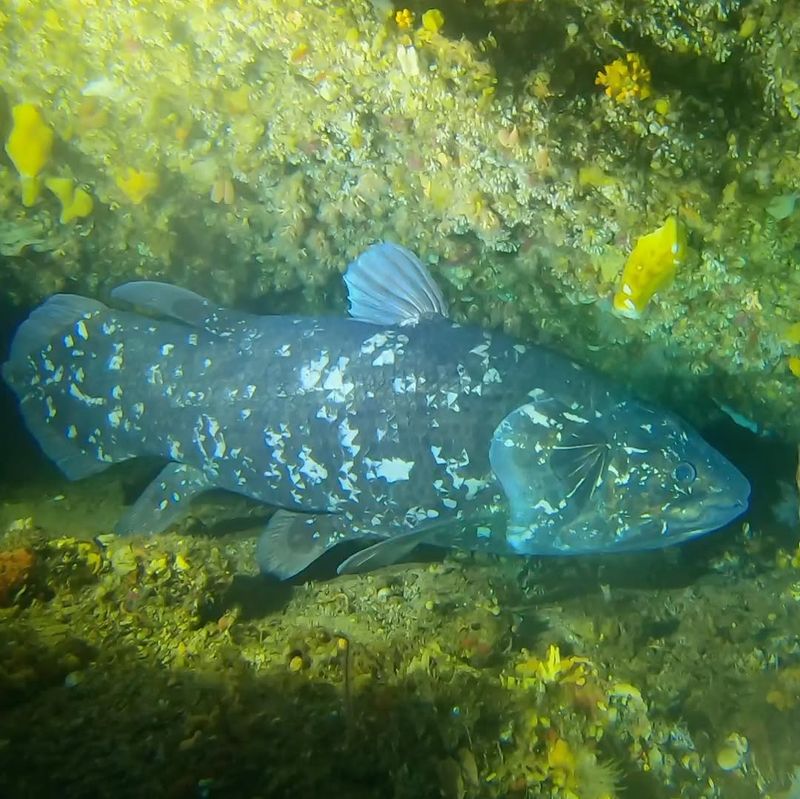
The coelacanth is a ‘living fossil’ with a lineage dating back 400 million years. Thought extinct until 1938, its discovery was a monumental moment in evolutionary biology. Coelacanths inhabit the deep ocean, where they drift with minimal energy expenditure.
Their lobed fins are a link to the evolutionary transition from sea to land animals, offering insights into early vertebrate evolution. Coelacanths’ slow metabolism and nocturnal habits reduce predation risks. Despite environmental changes, their ability to thrive in stable, deep-sea habitats has ensured their continued survival across eons.
7. Turtle
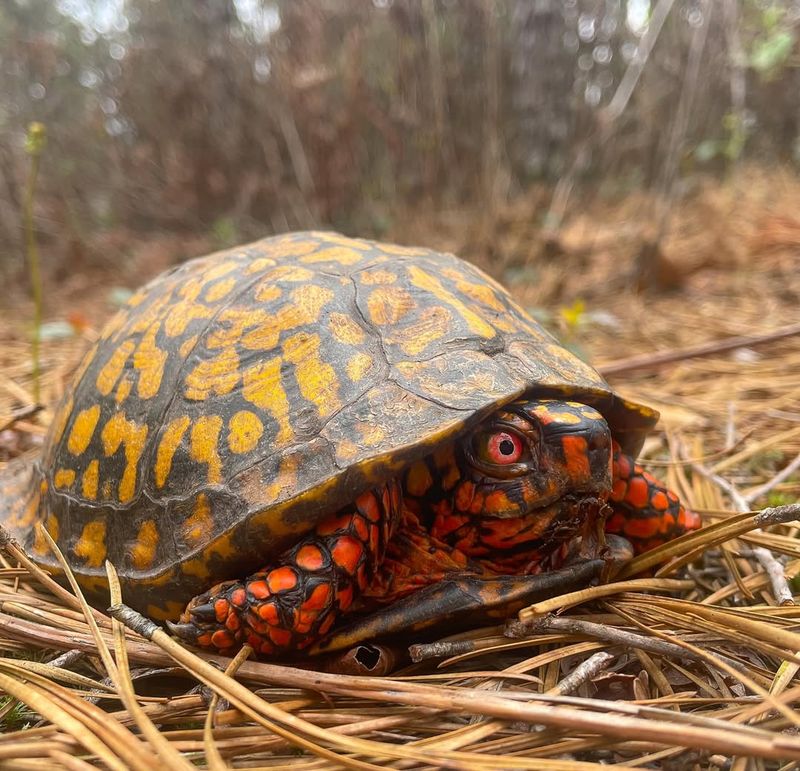
Turtles are remarkable survivors, existing for over 200 million years. Their protective shells provide defense against predators, while their varied diets, ranging from plants to jellyfish, support their survival in different ecosystems.
Turtles are both terrestrial and aquatic, with some species migrating vast distances across oceans. This adaptability to both land and sea environments has contributed to their longevity.
Furthermore, turtles’ long lifespans and slow reproductive rates have sustained their populations through countless environmental changes, making them enduring symbols of evolutionary success.
8. Horseshoe Crab
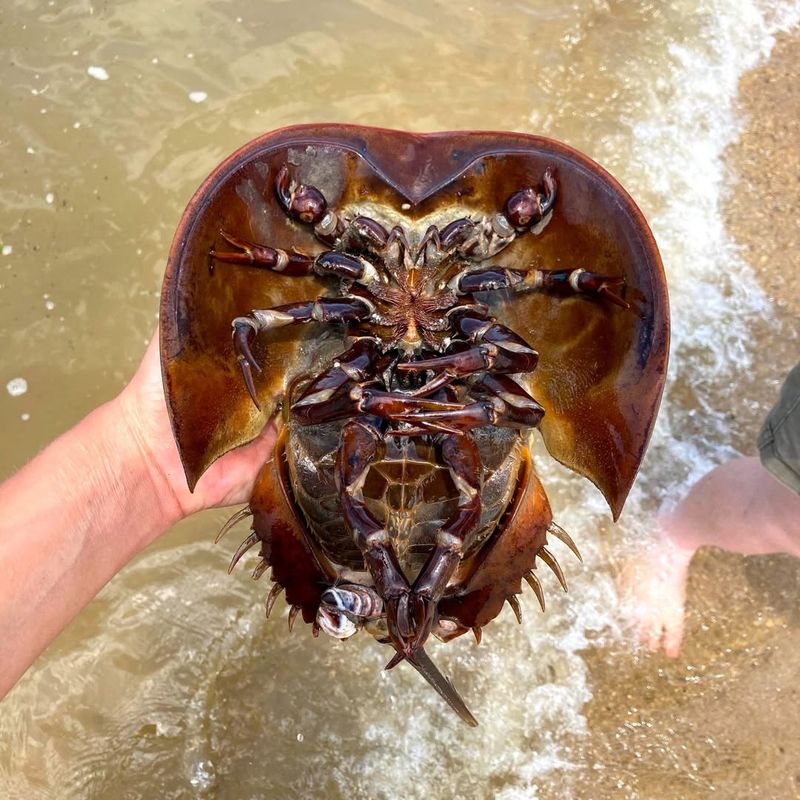
Horseshoe crabs have existed for over 450 million years, predating dinosaurs. Their hard exoskeletons and simple anatomy have changed little, showcasing an evolutionary success story. These marine arthropods inhabit shallow ocean waters and come ashore to spawn on sandy beaches.
Their blue blood, used in medical testing for bacterial contamination, highlights their importance beyond survival. Horseshoe crabs’ adaptability to various salinity levels and their ability to endure long periods without food contribute to their resilience.
9. Lizard
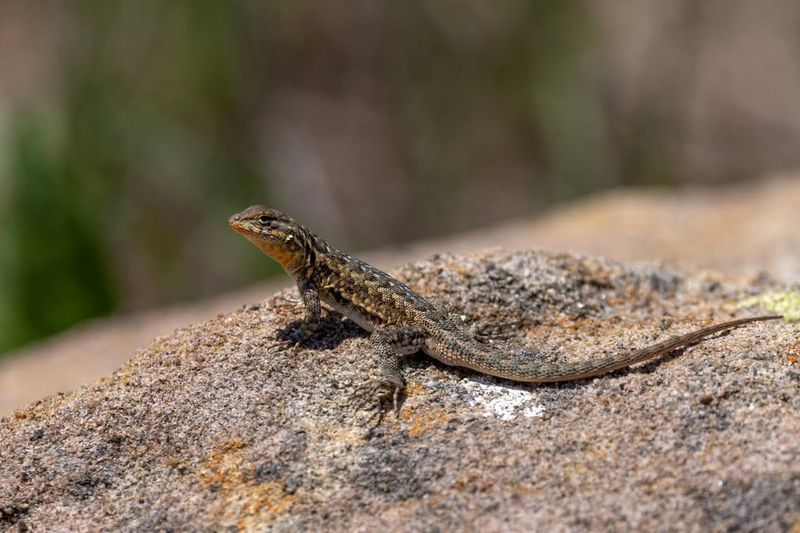
Lizards are versatile reptiles found on every continent except Antarctica. Their evolutionary history spans over 200 million years, adapting to diverse climates and environments. Lizards exhibit a wide range of sizes and behaviors, from the diminutive gecko to the formidable Komodo dragon.
Their ability to regenerate lost tails is a notable survival trait, allowing escape from predators. Many lizard species thrive in urban settings, showcasing their adaptability to human presence. Diets vary widely, with some lizards being insectivores while others consume plant material, enhancing their ecological versatility.
10. Shark
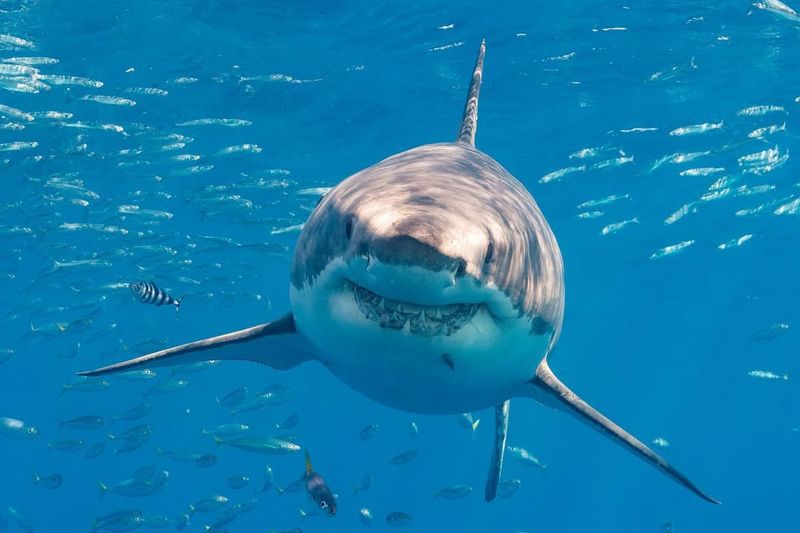
Sharks have dominated the oceans for over 400 million years. These apex predators have evolved diverse forms and sizes, from the massive whale shark to the agile mako. Their keen senses, particularly their ability to detect electrical fields in water, make them efficient hunters.
Sharks’ cartilaginous skeletons are lightweight yet strong, aiding in swift movement through water. Many species have slow reproductive rates, but their positions at the top of the food chain have allowed them to thrive. Sharks’ evolutionary adaptability is a testament to their enduring presence in marine ecosystems.
11. Amphibians
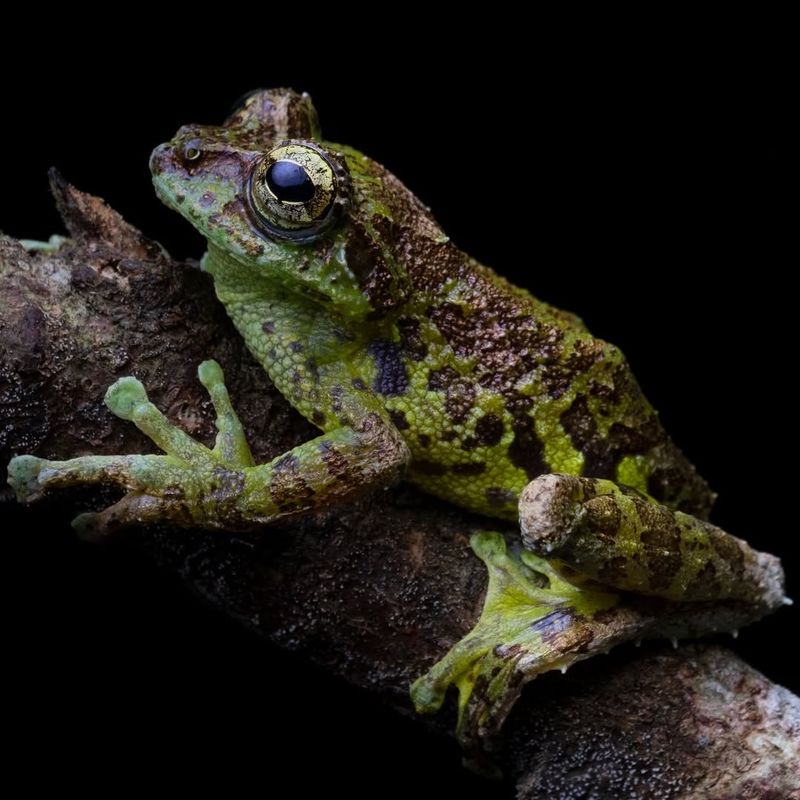
Amphibians, including frogs, toads, and salamanders, have lived for over 360 million years. They were among the first vertebrates to transition from water to land, showcasing a critical evolutionary step. Amphibians have permeable skin that aids in respiration and water absorption, allowing them to thrive in moist environments.
Many species exhibit complex life cycles, transitioning from aquatic larvae to terrestrial adults. This adaptability to different life stages enhances their survival. Despite current threats from habitat loss and disease, amphibians’ evolutionary history underscores their resilience and ecological importance.

